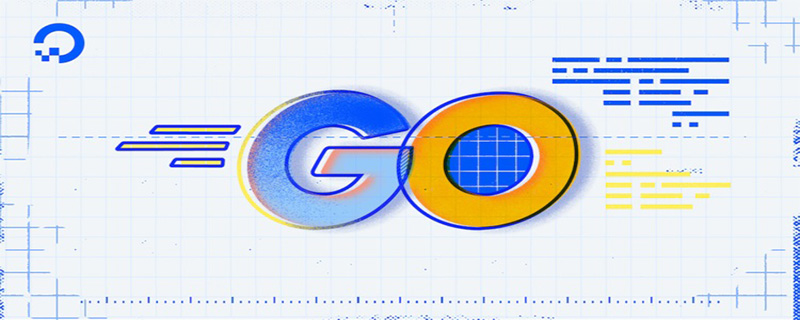
In the Go language, you can use the "Slice" feature to append elements to complete the deletion of elements, and use the built-in function append() to delete individual elements and element fragments; the syntax is such as "append (list[:delete index], list[(delete index 1):]...)".

The operating environment of this tutorial: windows10 system, GO 1.11.2, thinkpad t480 computer.
Golang deletes elements in an array
The Go language does not provide a syntax or interface for deleting elements
Required Delete elements through slicing properties
Specific ideas
Determine the deletion position-> Connect the arrays before and after the deleted element-> Generate a new array
newlist = append(list[:deleteIndex], list[(deleteIndex+1):]...)
Related introduction:
Go (also known as Golang) is a statically strongly typed, compiled, concurrent programming language with garbage collection capabilities developed by Google.
Robert Griesemer, Rob Pike and Ken Thompson began designing Go in September 2007, and later Ian Lance Taylor, Russ Cox joins the project. Go is developed based on the Inferno operating system. Go was officially announced in November 2009, becoming an open source project and implemented on Linux and Mac OS X platforms, and later added implementation under Windows systems. In 2016, Go was selected as "TIOBE's Best Language of 2016" by the software evaluation company TIOBE. Currently, Go releases a second-level version every six months (that is, upgrading from a.x to a.y).
Go's syntax is close to C language, but the declaration of variables is different. Go supports garbage collection. Go's parallel model is based on Tony Hall's Communicating Sequential Process (CSP). Other languages that adopt a similar model include Occam and Limbo, but it also has features of Pi operations, such as channel transmission. Plugin support is opened in version 1.8, which means that some functions can now be dynamically loaded from Go.
Compared with C, Go does not include functions such as enumeration, exception handling, inheritance, generics, assertions, virtual functions, etc., but it adds slice type, concurrency, pipes, garbage collection, Language-level support for features such as interfaces. The Go 2.0 version will support generics, but has a negative attitude towards the existence of assertions, and also defends that it does not provide type inheritance.
Unlike Java, Go has built-in associative arrays (also known as hash tables (Hashes) or dictionaries (Dictionaries)), just like string types.
Recommended learning: Golang tutorial
The above is the detailed content of How to delete array elements in go language. For more information, please follow other related articles on the PHP Chinese website!
 What are the definitions of arrays?
What are the definitions of arrays?
 js string to array
js string to array
 Array initialization method
Array initialization method
 c array initialization method
c array initialization method
 How to find the maximum and minimum value of array elements in Java
How to find the maximum and minimum value of array elements in Java
 How to remove the first few elements of an array in php
How to remove the first few elements of an array in php
 Summary of java basic knowledge
Summary of java basic knowledge
 Zero-based Java self-study tutorial
Zero-based Java self-study tutorial